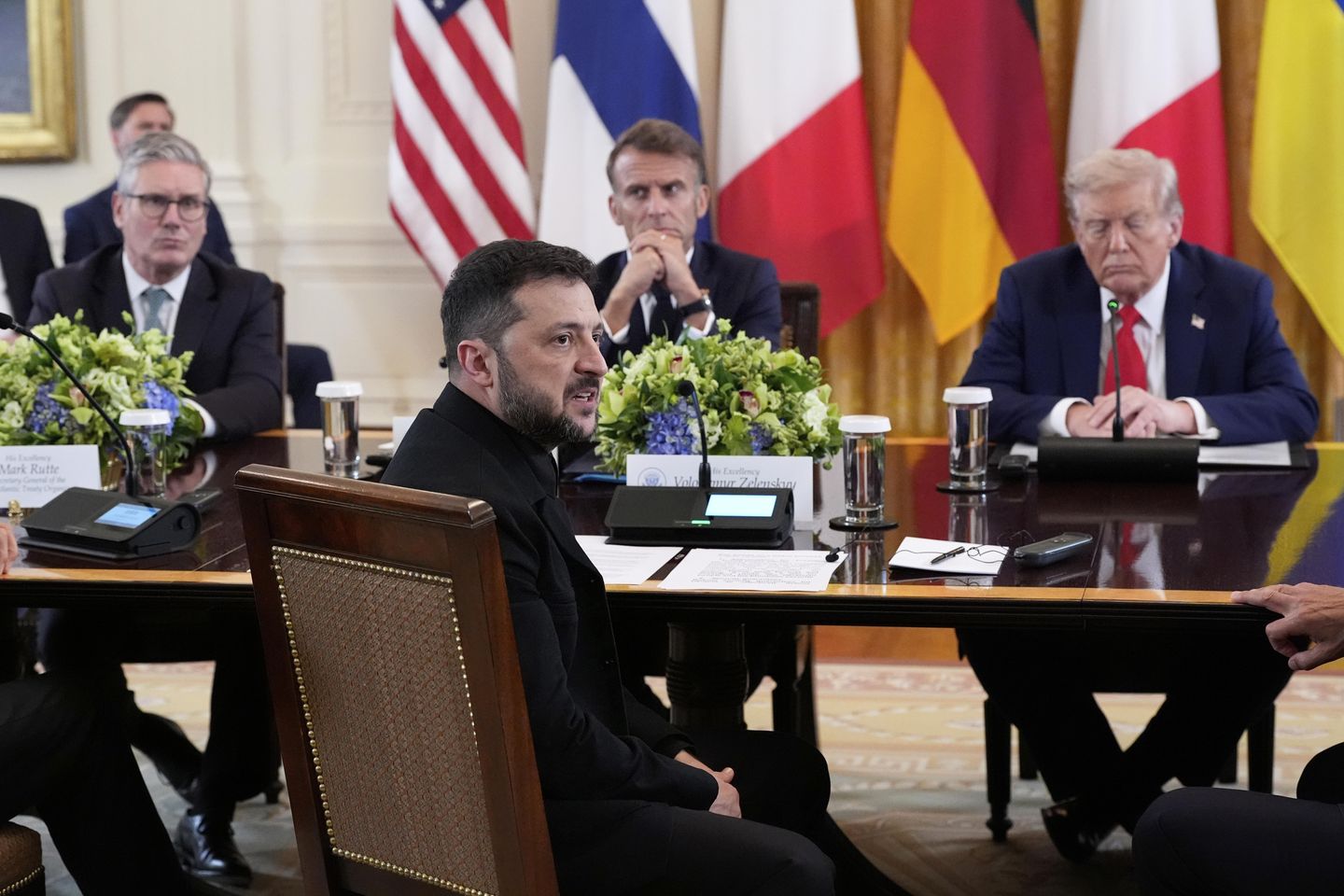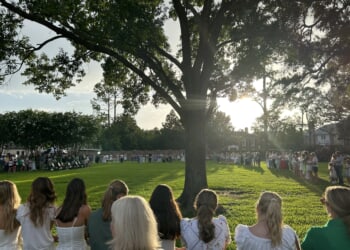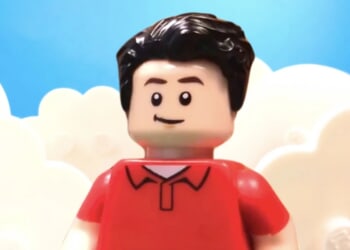
President Trump made a firm commitment Tuesday that no U.S. troops will be deployed to Ukraine as part of a potential peace deal between Russia and Ukraine, but said he has not ruled out other military options, including using American air power to prevent future Russian invasions.
Mr. Trump made guarantees that there would be no “American boots on the ground” to defend the Ukrainian border with Russia, even beyond his presidency.
“You have my assurance, and I’m president,” Mr. Trump said in an interview with Fox News when asked to reassure the public that U.S. troops will not be used to defend Ukraine.
“When it comes to security, [Europeans] are willing to put people on the ground,” the president said. “We’re willing to help them with things, especially, probably … by air.”
He also said Ukraine’s hopes of joining NATO and regaining the Crimean peninsula seized by Russia are “impossible.”
As Mr. Trump gave the first glimpse of what America’s role in a post-war Ukraine could look like, more questions emerged about the possible meeting that he has proposed between Ukrainian President Volodymyr Zelenskyy and Russian President Vladimir Putin. Moscow threw cold water on the idea of a sit-down with Mr. Zelenskyy, even as the White House projected confidence that talks could happen soon.
Russian Foreign Minister Sergey Lavrov said Tuesday that Moscow doesn’t outright reject talks with Ukraine, but insisted the summit would have to be prepared “step by step, gradually, starting from the expert level and then going through all the necessary stages.”
White House press secretary Karoline Leavitt said Tuesday Mr. Putin promised Mr. Trump that he will meet with Mr. Zelenskyy within a couple of weeks.
The path to peace in the war-torn country still seemed long, one day after Mr. Trump’s constructive conversations with Mr. Zelenskyy and seven other European leaders at the White House yielded unfinished, undefined plans for a Ukrainian security guarantee and optimistic plans for bilateral talks.
In the war zone of eastern Ukraine, Russian forces launched more drone and missile strikes overnight into Tuesday morning.
“The only realistic way to end this war is for the West, and first and foremost, the United States to make it clear to Putin that he’s not going to get anymore Ukrainian territory and this will be at an extraordinary cost to his economy,” said John Herbst, the U.S. ambassador to Ukraine under President George W. Bush.
On Monday, while meeting with Mr. Zelenskyy and the European leaders, Mr. Trump hadn’t ruled out the idea of deploying U.S. troops to Ukraine. But one day later, Mr. Trump made clear the limits of the U.S. involvement in any security arrangement to prevent Russia from regrouping and invading Ukraine again if a peace deal is reached.
Ms. Leavitt reiterated that Mr. Trump has “definitively ruled out” sending U.S. troops into Ukraine as part of any security guarantees. She said using U.S. military power “is an option and a possibility.”
“I won’t certainly rule out anything as far as military options that the president has at his disposal. I’ll let him do that,” she said.
Mr. Trump has frequently highlighted America’s air power as a show of force. During his Alaskan summit last week with Mr. Putin, Mr. Trump personally pushed for a B-2 stealth bomber and four F-35 jets to buzz the sky while he escorted his Russian counterpart outdoors at a U.S. military base.
The flyover was a pointed display of America’s military might aimed at sending a message to Mr. Putin as they prepared to discuss the future of global security.
Ms. Leavitt also insisted there are other ways the U.S. could help protect Ukraine’s security without the military on the ground in Ukraine.
“We can certainly help in the coordination and perhaps provide other means of security guarantees to our European allies,” Ms. Leavitt said. “The president understands security guarantees are crucially important to ensure a lasting peace, and he has directed his national security team to coordinate with our friends in Europe and also to continue to cooperate and discuss these matters with Ukraine and Russia as well.”
For now, a security agreement remains vague. Mr. Trump and the European leaders have been pushing for an agreement similar to Article 5 of the NATO alliance.
Article 5 of the NATO charter which states that an attack on one of the 32 members of the trans-Atlantic alliance would be considered an attack on all. That promise has been the cornerstone of security in Europe since NATO’s formation in 1949, deterring direct aggression against its members.
Under Article 5, any NATO member can assist the attacked country with any action it “deems necessary,” though it does not require the member to use military force.
Russia has vehemently opposed NATO troops in Ukraine and has made blocking admission of Ukraine into the 32-nation alliance as one of its key demands to end the war.
Mr. Trump said Monday European countries will be the “first-line of defense,” but the U.S. will also “be involved.”
Mr. Herbst said there are several ways in which the U.S. could contribute to the security of Ukraine without committing troops. America could provide logistical support, including weapons, sharing military intelligence and serving as a “backstop” to European troops with air and naval support if things go south, he said.
“The United States does not need to put troops on the ground, but there’s no reason why the American Air Force can’t be flying over Ukraine at least over the western part of the country or over the border,” he said. “They have the ability to see and operate and to dispatch things, including weapons, from a distance.”
Japanese Prime Minister Shigeru Ishiba said his country will participate in guaranteeing Ukraine’s security, but was tight-lipped about what that would include.
Mr. Ishibia stressed that Japan is “not in the phase where we can provide details” about the support it can offer Ukraine.
But it remains unclear whether Russia and Ukraine can ever get to the table and speak about ending the war.
Although Ms. Leavitt said the Russian president has promised to hold talks with Mr. Zelenskyy, she also told reporters that the Trump administration “is working” to make the meeting happen.
“Both leaders have expressed a willingness to sit down with each other, and so our national security team will help both countries do that,” she said, adding that Mr. Trump is “agreeable” to the idea of a bilateral meeting that does not include him.
However, Moscow tempered expectations of the long-awaited face-to-face summit between Mr. Putin and Mr. Zelenskyy, despite Mr. Trump’s enthusiasm for a get-together.
Mr. Lavrov’s comments appear to follow a familiar pattern for the Kremlin, which is to stall and delay any such meeting. In May, Mr. Putin suggested meeting with Mr. Zelenskyy for peace talks, but then sent a second-tier delegation.
However, this time Mr. Trump sought to put the Russian leader on the spot by calling him while the European leaders and Mr. Zelenskyy were at the White House.
“At the conclusion of the meetings, I called President Putin and began the arrangements for a meeting at a location to be determined between President Putin and President Zelensky,” Mr. Trump wrote Monday on Truth Social.










![Florida Man With Violent History Arrested for Choking a Cop [WATCH]](https://www.right2024.com/wp-content/uploads/2025/06/Eleven-Stabbed-in-Attack-at-Salem-Homeless-Shelter-Across-From-350x250.jpg)






